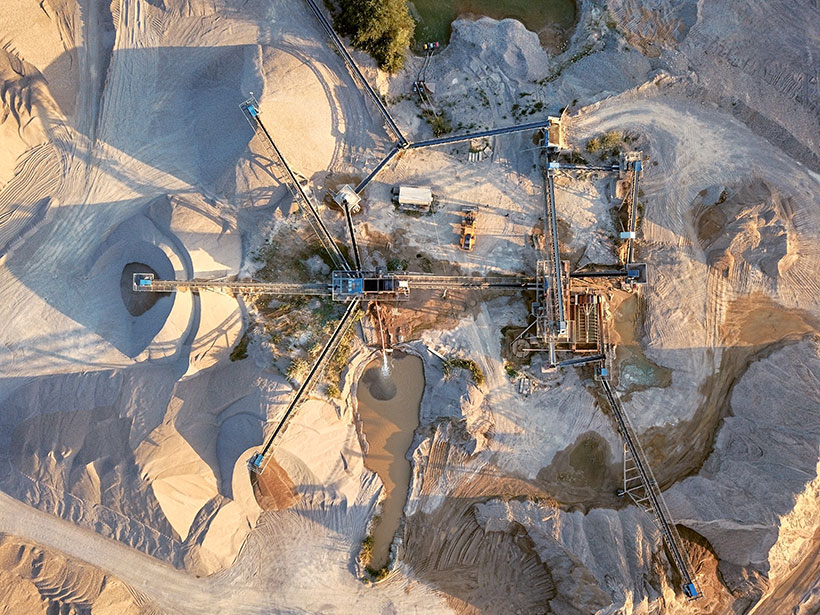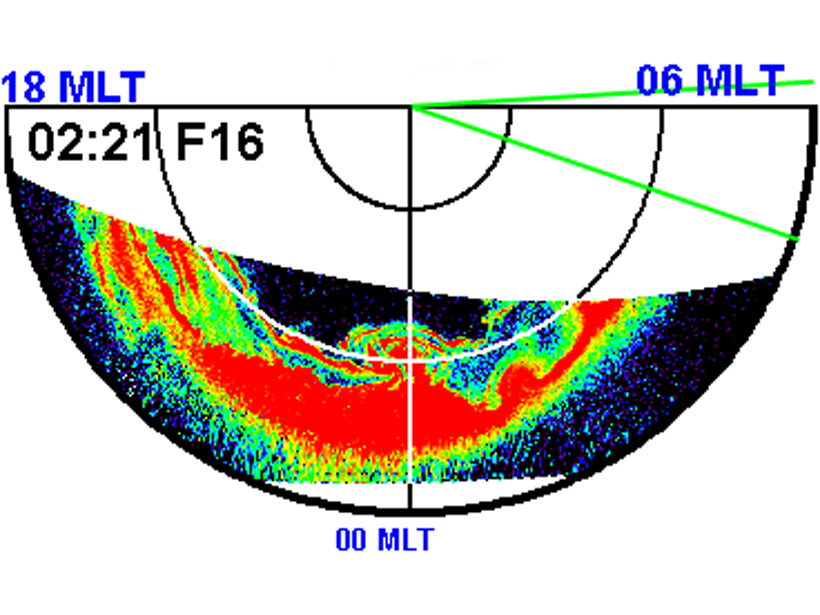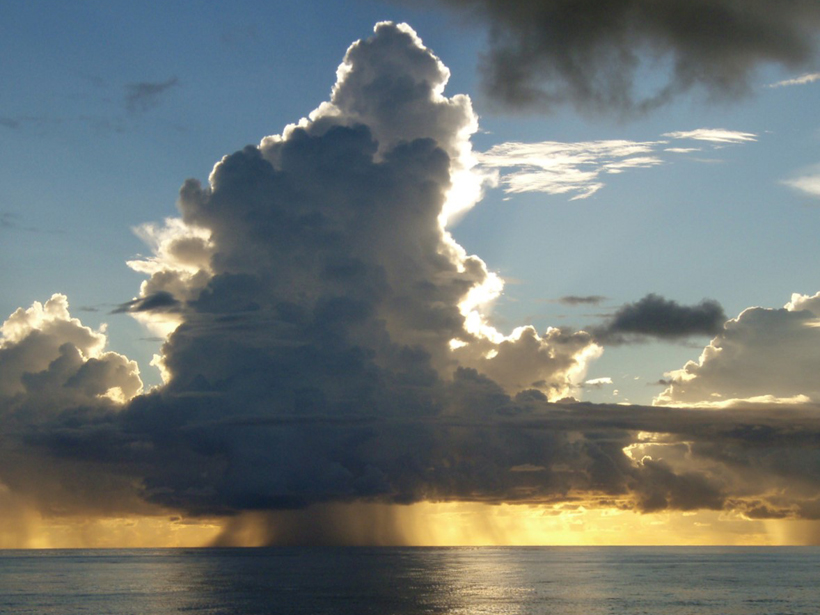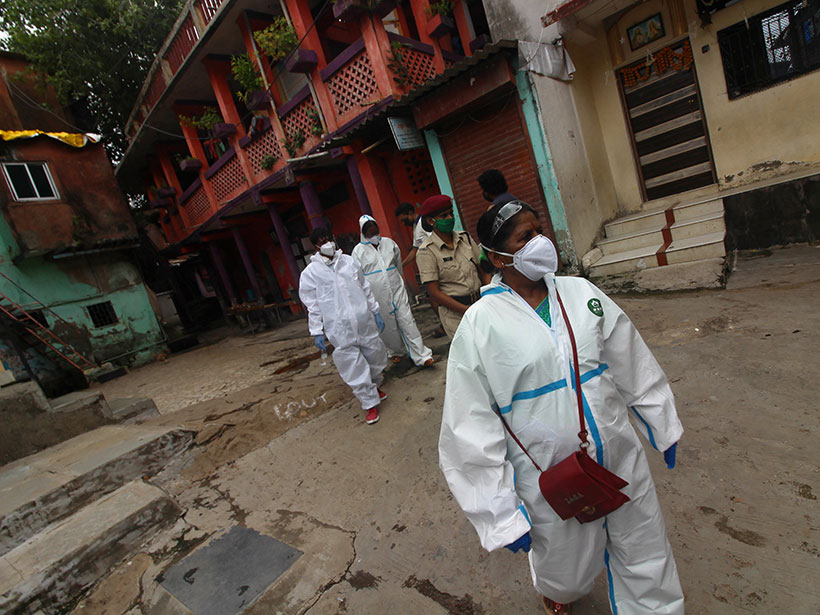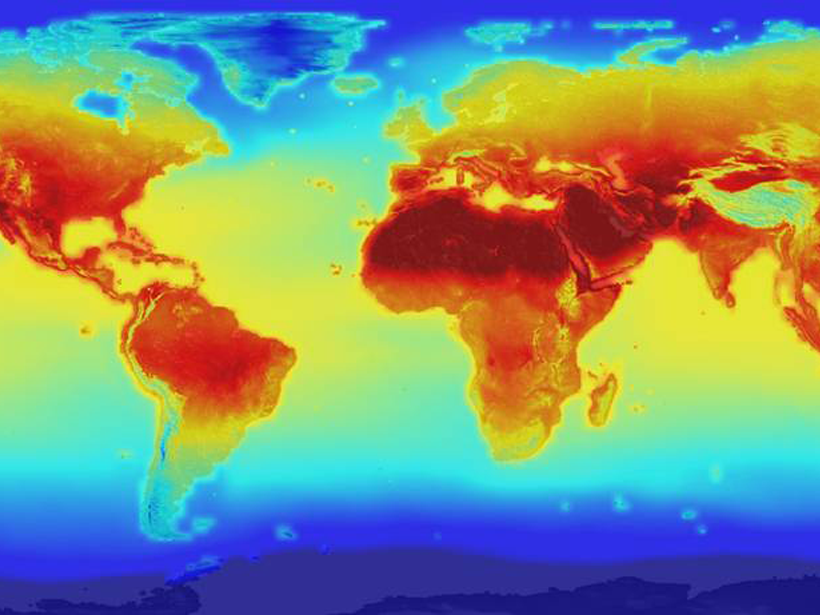New research provides a more accurate model that coastal managers and engineers can use to account for sand transport over time.
CC BY-NC-ND 2020
Orson Anderson (1924–2019)
This pioneer in the field of mineral physics contributed mightily to our understanding of mineral properties at high temperatures and high pressures and of Earth’s interior.
Niveles Altos de Contaminación en Chile se Relacionan Con Parrilladas de Hinchas del Fútbol
Misteriosos picos de contaminación—10 veces más altos que los niveles normales—ocurren en Santiago durante los partidos de fútbol televisados y son causados por decenas de miles de parrilladas, revelan nuevos resultados.
Heavy Rains, Human Activity, and Rising Waters at Lake Victoria
Water levels in Africa’s largest lake have risen over a meter since last fall and continue to increase as land use changes and heavy rains enhance the flow.
Power Outage When the Aurora Throws a Curve Ball
Omega-band aurora carries fast propagating electric currents in the azimuthal direction, producing geomagnetically induced currents that can cause power outage on the ground beneath.
Big Questions, Few Answers About What Happens Under Lake Ice
Scientists long eschewed studying lakes in winter, expecting that cold temperatures and ice cover limited activity below the surface. Recent findings to the contrary are changing limnologists’ views.
Mysterious Engine of the Madden‐Julian Oscillation
Understanding the fundamental physics of the Madden‐Julian Oscillation, a phenomenon that occurs over the Indian and Pacific Oceans, remains a challenge in tropical atmospheric research.
When Natural Disasters Cross the Path of COVID-19
Natural hazards are intersecting with the coronavirus pandemic in India, and researchers will need to model both to inform the public health response.
Will COVID’s Cleaner Skies Muddy Climate Models?
Reduced greenhouse gas emissions for a year or two won’t slow down climate change, but they may throw off scientists’ ability to model short-term phenomena.
Mars 2020 Team Using Australian Rocks in Search for Life on Mars
Scientists are investigating evidence of ancient terrestrial microbes preserved in Australia as well as mineral maps derived from Mars orbiter data to shed light on how to search for life on Mars.

